Ticks are a common problem that dog owners face. These parasites can cause a multitude of problems such as Lyme disease, Rocky Mountain spotted fever, and other illnesses. Therefore, it is important to know how to remove all ticks from your dog, save and care your dog from ticks bitten. In this article, we will discuss the best ways to do so.
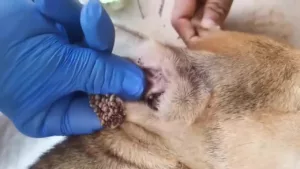
The first step in removing ticks from your dog is to find them. Ticks are most commonly found on a dog’s head, ears, and neck. It’s important to check your dog regularly for ticks, especially after going for walks in wooded or grassy areas.
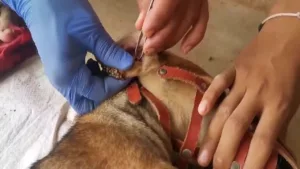
Once you have found a tick, the next step is to remove it. You can do this by using a pair of tweezers or a tick removal tool. Be sure to grasp the tick as close to the skin as possible and pull straight out with steady pressure. Avoid squeezing the tick or twisting it, as this can cause the head to break off and remain embedded in the skin.
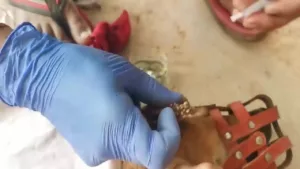
After removing the tick, it’s important to clean the area with soap and water or an antiseptic. This will help prevent infection. You should also monitor your dog for any signs of illness, such as lethargy, fever, or loss of appetite. If your dog shows any of these symptoms, contact your veterinarian right away.
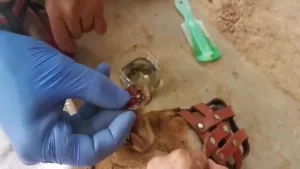
Prevention is key when it comes to ticks. There are a few things you can do to reduce the risk of your dog getting ticks. First, keep your dog on a leash when walking in wooded or grassy areas. This will help prevent them from wandering into tick-infested areas. Second, use a tick repellent product such as a collar or spray. These products can help keep ticks away from your dog. Lastly, keep your yard tidy by mowing the grass and removing any debris or brush piles. This will help reduce the tick population in your yard.
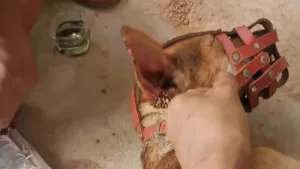
In conclusion, removing ticks from your dog is important for their health and well-being. By following these tips, you can help keep your dog tick-free and prevent any tick-borne illnesses. Remember to check your dog regularly for ticks, remove them promptly, and take steps to prevent them from coming back. With a little effort, you can keep your furry friend happy and healthy all year round.
Thank you for taking the time to read this article. If you have any comments or suggestions, please feel free to leave them below. And don’t forget to subscribe for more helpful videos and tips!
